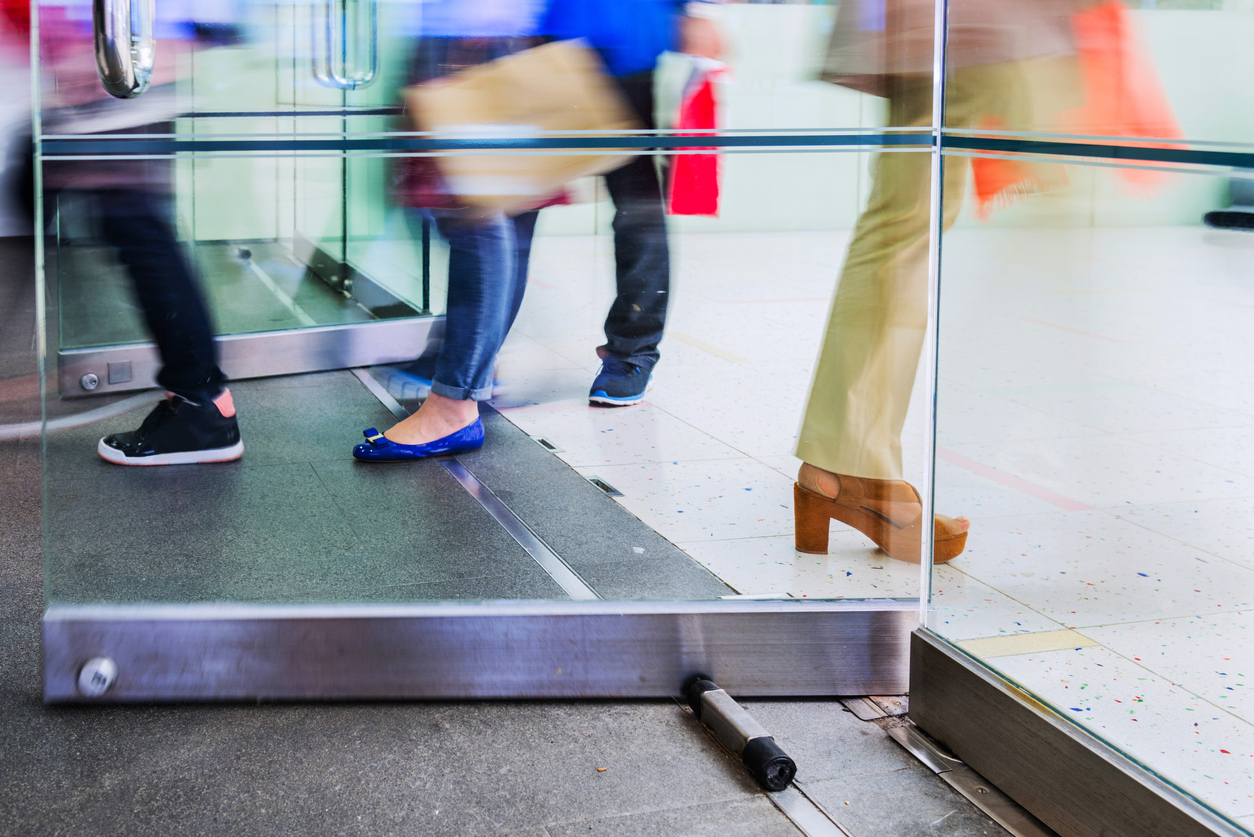With a few exceptions among the Greatest Generation, most Americans would be hard-pressed to remember a more disruptive —and transformative — year than 2020. Besides the tragic loss of more than half a million people around the globe, the once-in-a-century global pandemic wreaked havoc on almost every major industry, though the pain was not shared evenly, particularly in the retail sector. On the one hand, it’s been a retail apocalypse, magnifying trends that were already underway for many legacy stores, some of which shut their doors in 2020. (That’s why you won’t find Fry’s, Cameta Camera, or Shopko on this year’s Top 101 Retailers list in the June 2020 issue of Dealerscope.)
Even though most CE retailers, independent or otherwise, had the advantage last year of being deemed essential during lockdown periods, those that were particularly dependent on in-store purchases faced challenges. Sales of U.S. electronics in brick-and-mortar stores dropped 21.1 percent in 2020, according to Coresight Research. Those retailers that leaned into e-commerce and omnichannel strategies were able to capitalize on a pandemic-induced, 24/7 work-and-live-at-home demand for computers, networking equipment, smart devices, cleaning and cooking appliances, and health and wellness gadgets. And they did well. From March 2020 to March 2021, there was a 23 percent rise in CE sales revenue, compared to three percent for the same period a year earlier, according to NPD (one of many fun facts about CE in 2020 that analysts shared with us).
Meanwhile, even as Best Buy’s stateside in-store visits fell by 15 percent in its final 2020 quarter, the electronics retailer’s online sales in the U.S. rose by 144-percent in the fiscal year 2020, accounting for 43 percent of its sales last year. Best Buy is putting curbside BOPIS (buy online, pick up in-store) — my new favorite term-cum-acronym— at the center of its future strategy of converting most of its in-store product shelves and showroom spaces into warehouse storage for hyper-local fulfillment centers. More than 50 percent of U.S. retail chains now offer some form of curbside pickup, up from just six percent at the beginning of 2020, according to Digital Commerce 360. Consumers have become accustomed to the convenience of ordering on their mobile phones or laptops, then sweeping in for a pickup. BOPIS is here to stay.
And yet, people have been cooped up at home for well over a year. As vaccination levels rise and COVID case counts drop, in the U.S. at least, the need to be out among other people, even other shoppers, is not to be counted out. According to foot-traffic analyst service Almanac, Target’s in-store visits rose by 17 percent in the first quarter of this year, with a five percent increase in dollar transaction per customer (see “Stat Shots” in our digimag version of the June 2021 issue of Dealerscope). People still need help picking the right home theater system or TV, and there are still many questions about technology that anyone has, but is afraid to ask. As Starpower’s David Pidgeon confirms in our “Retail on the Run” store visit, service with a smile is still nothing to be sniffed at — it might even be a winning business strategy.















